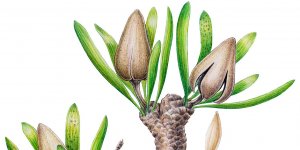| News / Science News |
Sound of Nature Helps Us Relax
The gentle burbling of a brook, or the sound of the wind in the trees can physically change our mind and bodily systems, helping us to relax. New research at Brighton and Sussex Medical School (BSMS) explains how, for the first time.

Sound of nature helps us relax. ![]()
While naturalistic sounds and 'green' environments have frequently been linked with promoting relaxation and wellbeing, until now there has been no scientific consensus as to how these effects come about.
We are all familiar with the feeling of relaxation and 'switching-off' which comes from a walk in the countryside, and now we have evidence from the brain and the body which helps us understand this effect.
This has been an exciting collaboration between artists and scientists, and it has produced results which may have a real-world impact, particularly for people who are experiencing high levels of stress.
The team at BSMS conducted an experiment where participants listened to sounds recorded from natural and artificial environments, while their brain activity was measured in an MRI scanner, and their autonomic nervous system activity was monitored via minute changes in heart rate.
The team found that activity in the default mode network of the brain (a collection of areas which are active when we are resting) was different depending on the sounds playing in the background. (Tasnim News Agency)
YOU MAY ALSO LIKE




